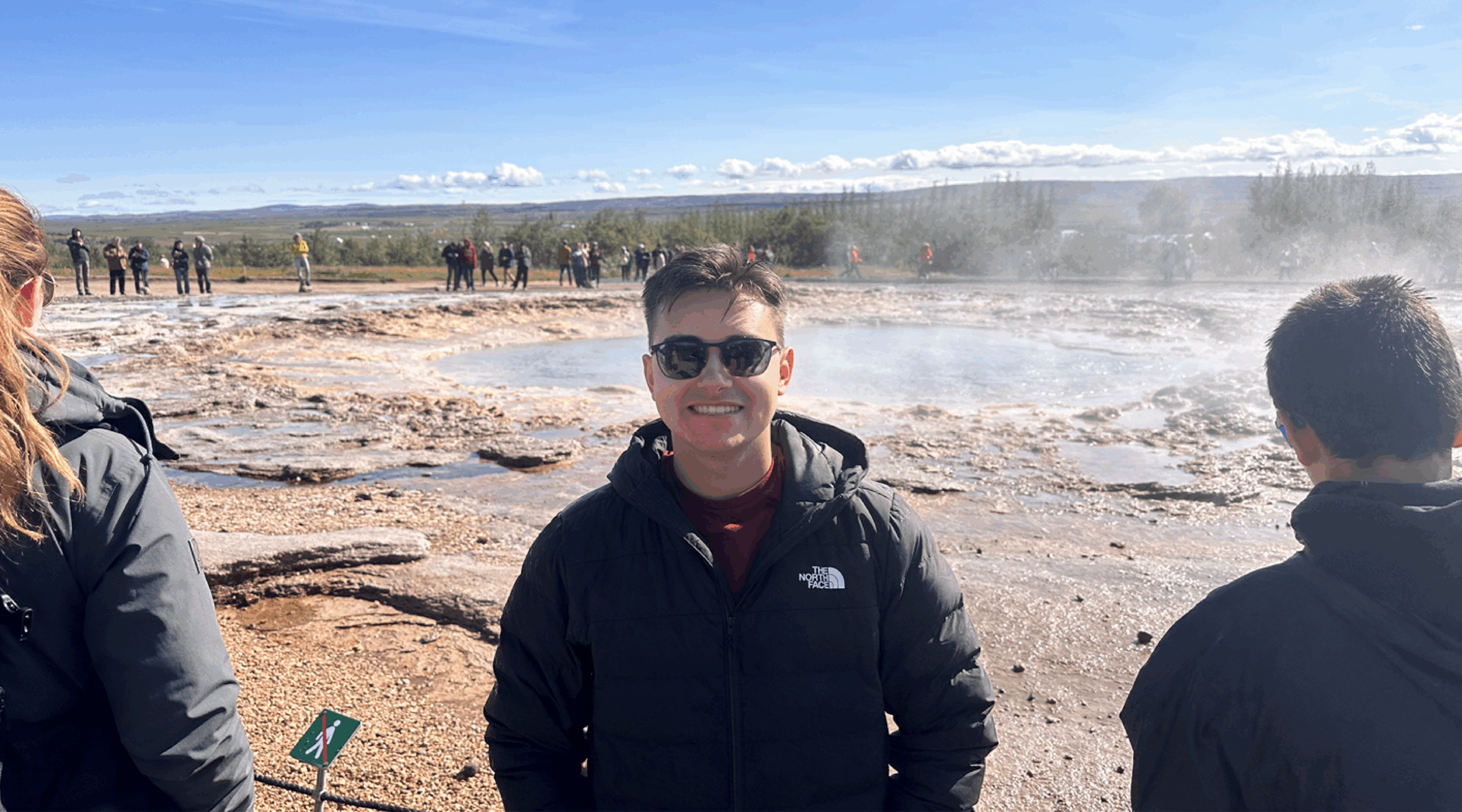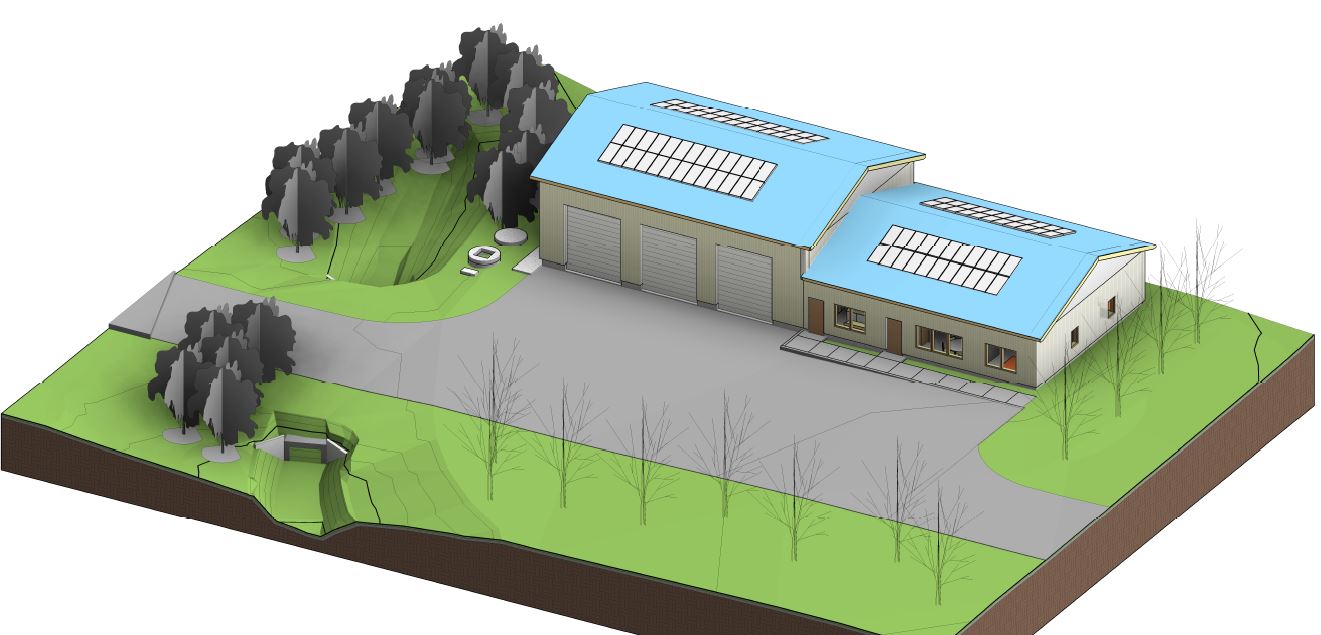Clean Water Act – Ch-ch-ch-ch-changes! It is not unusual for federal laws and regulations to change as Presidents enter and leave office, with many of these changes passing by with little fanfare. However, the back-and-forth changes to the US Clean Water Act (CWA) over the past five years has made headlines due to the far-reaching extent of these. What is going on?
Comprehensive & Expensive
First, let’s look at the history of this important piece of legislation. The CWA is the regulatory backbone for federal protection of Waters of the United States (WOTUS). The original version of the CWA was created in 1948 under the original title of the Federal Water Pollution Control Act. This Act was significantly reorganized, expanded and renamed the Clean Water Act in 1972 – along with many other environmental regulations that were put forth under the Nixon administration. The CWA was hotly contested even then, with the Congressional Quarterly calling it “the most comprehensive and expensive environmental legislation in the nation’s history.”
The CWA gave authority to the newly created Environmental Protection Agency (EPA) and the US Department of the Army (Army) to define “Waters of the United States” in order to create the associated regulations that would be used to enact and enforce the CWA. Initially, wetlands were included as WOTUS because of their connection to navigable surface waters, but this definition of WOTUS faced multiple legal challenges. By 1986, a US Supreme Court decision agreed with the determination of federal jurisdiction over not only connected wetlands but also any wetlands adjacent to a traditional navigable water because they are ‘‘inseparably bound up’’ with navigable waters and ‘‘in the majority of cases’’ have ‘‘significant effects on water quality and the aquatic ecosystem’’ in those waters.
Changes in the Past 5 Years
Much of the current wetland science practiced and taught today has relied on this definition and inclusion of any potential wetland that is hydrologically connected to a navigable water as being within federal regulatory jurisdiction. Supreme Court cases in 2001 and 2006 helped further clarify the WOTUS definitions, including the statement that a water or wetland must possess a “significant nexus” (or connection) to waters that are or were navigable in order to be WOTUS. That includes all tributaries to navigable waters and by extension, any wetland connected to such tributaries. The EPA and Army have issued multiple guidance documents in order to assist those of us who work in field identification and wetland/water permitting to understand how to correctly identify the protected resources within a site.
In 2015, the Obama administration moved to protect additional wetlands under the CWA. The defining rule issued by EPA and the Army at that time was positioned to increase the CWA predictability and consistency by clarifying the scope of WOTUS to include “ephemeral” streams, man-made ditches and isolated wetlands without hydrologic connection. This was viewed by some to be a regulatory over-reach, and its repeal was one of the steps taken by the Trump administration in 2017. For a brief period, WOTUS were defined using the pre-2015 definitions.
Although the CWA has resulted in significant improvements to surface waters (including the Cuyahoga River in Cleveland, Ohio, once famous for being a river set on fire because its waters were so polluted) the loss of wetlands on a national scale has not kept in step, and the CWA has been repeatedly evaluated for its ability to stop such loss in the face of development pressures.
CWA Today
The Navigable Waters Protection Rule issued in 2019 not only reversed the changes made by the Obama rule, but went a step beyond to define WOTUS more strictly, resulting in less water bodies falling under CWA protection. Before the EPA or Army had a chance to fully update guidance materials used by professionals to delineate and permit wetlands, the Rule was challenged in the courts on multiple fronts, including a stay in 2021 that directed the public to use the pre-2015 definitions until further notice.
Per the EPA’s website: The current “Revised Definition of ‘Waters of the United States'” rule was published in the Federal Register on January 18, 2023, and the rule took effect on March 20, 2023. The rule was developed “with consideration of the relevant provisions of the Clean Water Act and the statute as a whole, relevant Supreme Court case law, and the agencies’ technical expertise after more than 45 years of implementing the longstanding pre-2015 “waters of the United States” framework. This rule also considers the best available science and extensive public comment to establish a definition of “waters of the United States” that supports public health, environmental protection, agricultural activity, and economic growth.” 
In practice, this definition falls in between the more inclusive definitions in the Obama rule and the less inclusive definitions in the Trump rule. However, this rule has been facing multiple legal challenges, and the most current guidance from EPA (as of April 14, 2023) directs agencies to interpret WOTUS consistent with the pre-2015 regulatory regime in 26 States until further notice; in New England those states include New Hampshire only. Which means that for the other states, the revised definition is in effect. Confusing? You bet!
Amidst all of these changes, state permitting agencies have struggled to keep up and, in some cases, implement new definitions to match the changing federal ones, with some states developing a “wait and see” attitude as the federal administrations and staff leading the implementing authorities changed after each election period. Both the EPA and the Army have recently issued guidance on implementing the current definition of WOTUS in anticipation of the recent rule becoming effective across the US.
So What is a Wetland?
Under this new rule, wetlands and other water bodies that meet the definitions as set out in the rule would be regulated under the Clean Water Act. Essentially, a wetland must be “relatively permanent,” with standing or continuously flowing water or with a “significant nexxus” or connection to a larger waterbody. The terms “significant nexxus” and “relatively permanent” are the focus of much of the current legislation against this rule since they are used to determine essentially how much the connection needs to be established, and how to prove these factors when documenting wetland boundaries.
The rule provides exclusions for wetlands that were converted to cropland before 1985, ditches carved wholly in dry land that don’t carry relatively permanent flow (i.e., stormwater ditches) and artificial lakes and ponds. In doubt are public and private stormwater control features and other municipally-owned facilities, particularly those related to drinking water, wastewater and stormwater control features, that were explicitly excluded in both the Obama and Trump rules but seem to be included in this new rule.
How We Can Help Navigate WOTUS
Our environmental permitting and wetland delineation professionals have been closely watching these changes and are on top of the federal and state regulatory requirements for permitting your project. We recognize that the changing regulatory landscape can be confusing; we urge you to reach out with any questions as you plan for a project to ensure you are aware of the correct rules that apply to your project so that you can be prepared for the time and effort required to meet your environmental resource permitting needs.
Sources for this article:
*It’s Hoyle Tanner’s 50th anniversary this year! Keep an eye on our Facebook, LinkedIn, and Twitter feeds for articles and anniversary news!












